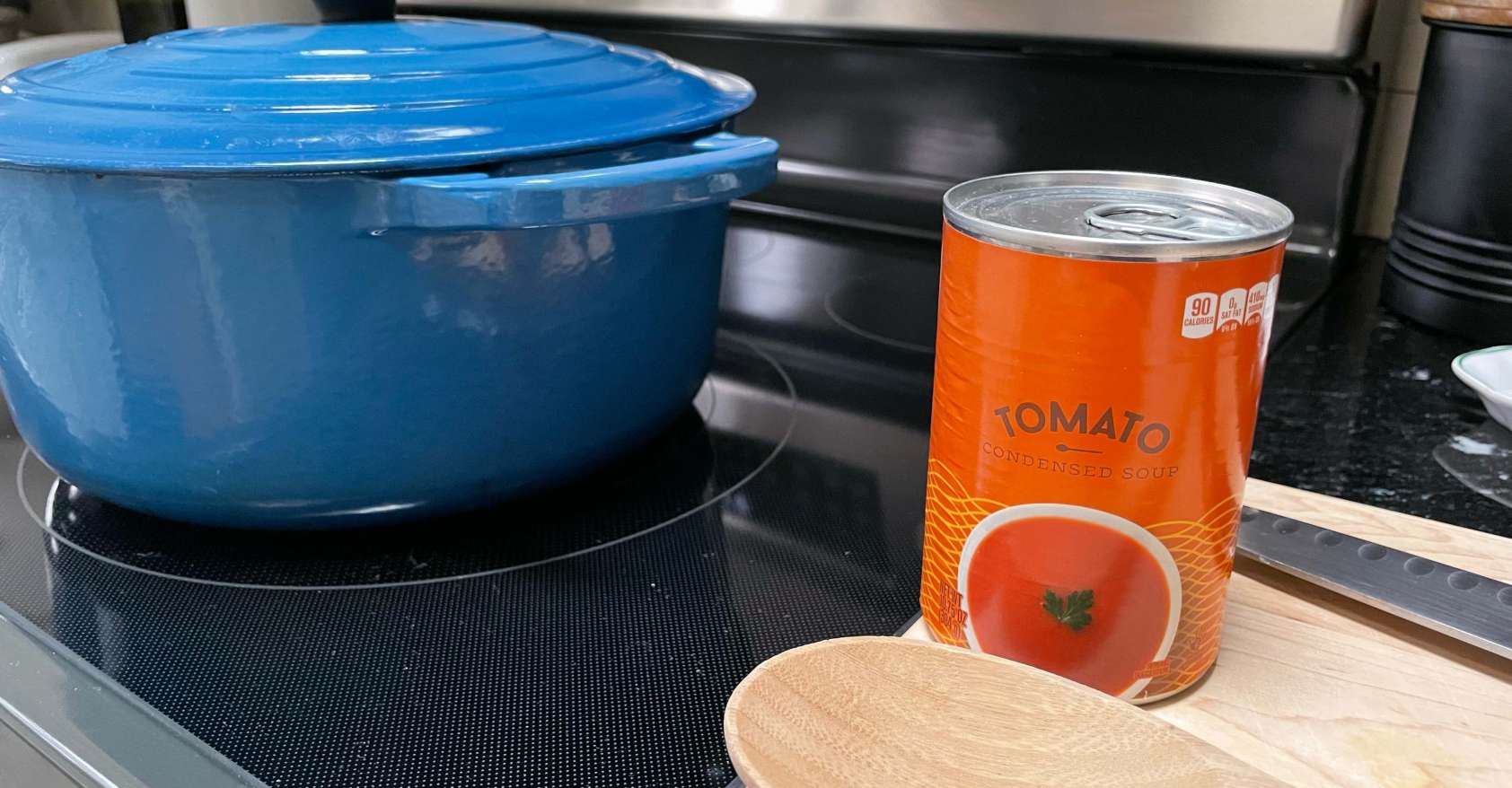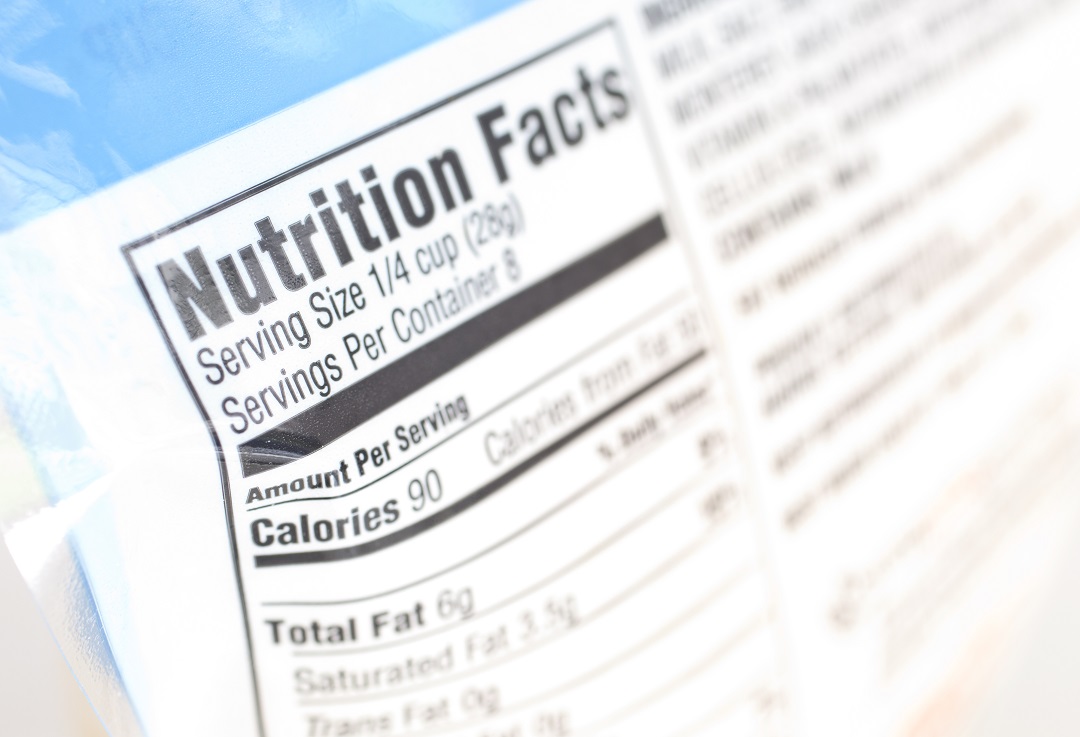How Stew for a Cold Day Became a Lesson in Label Reading Today the weather in New Bern, N.C., is a bit nasty — rainy and cold. To beat the dank and dreary day, my mom decided to make some stew, a comfort food she has made for as long as I can remember. It is a delicious dinner that would warm our bodies and our souls — as is only right for a home-cooked meal made by mom. When I went into the kitchen to make lunch, I noticed she had already cut up the potatoes and carrots…





